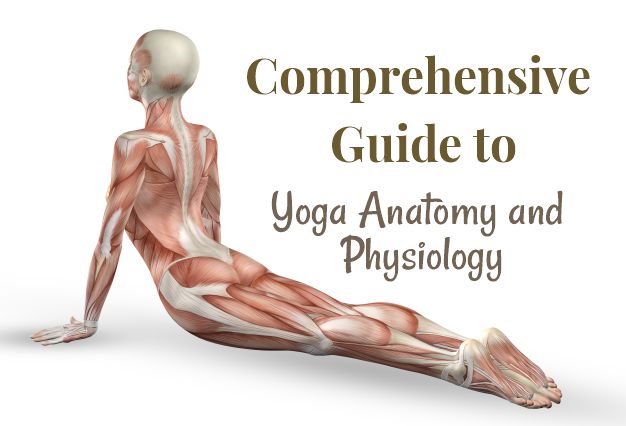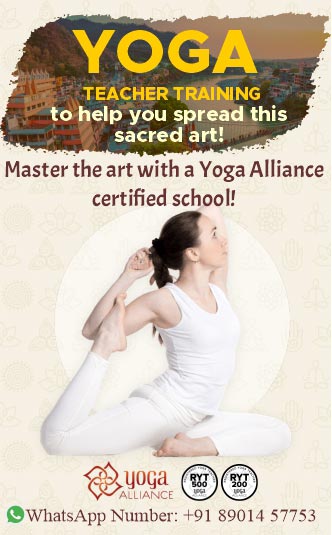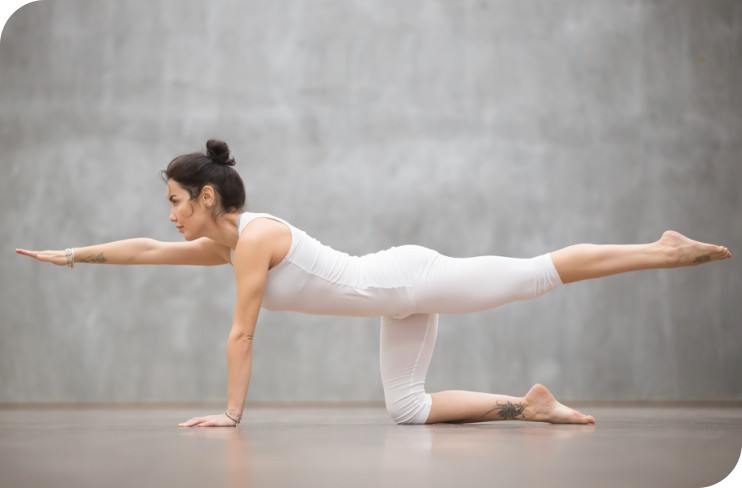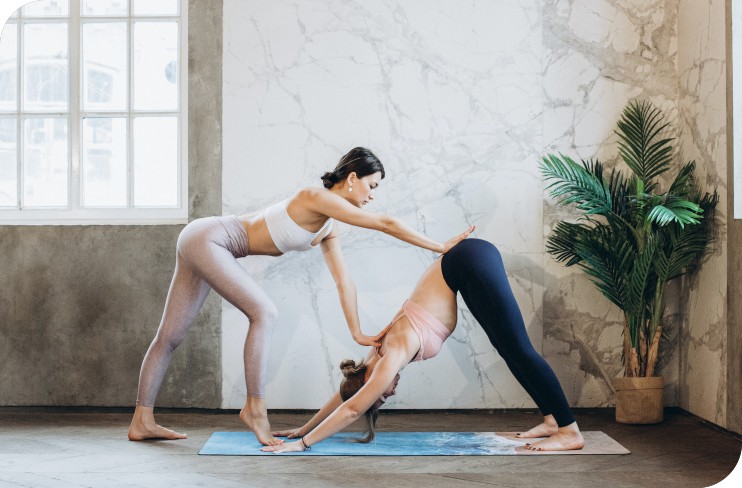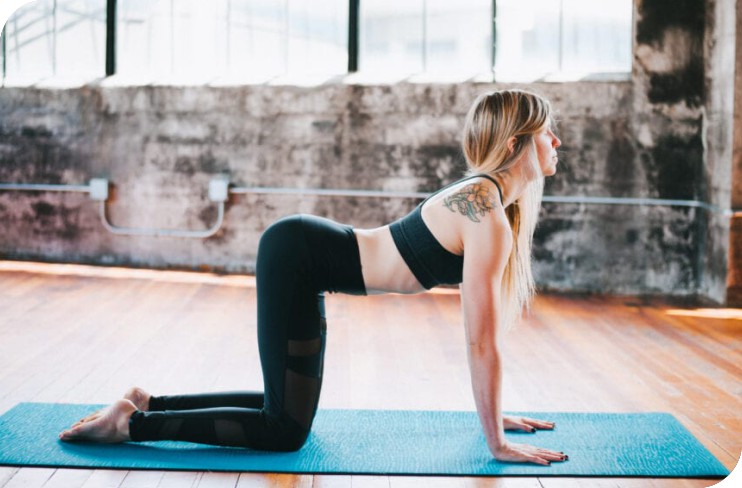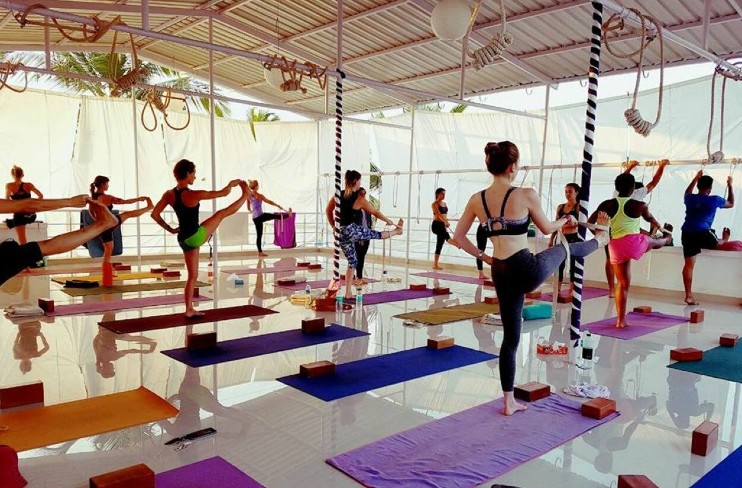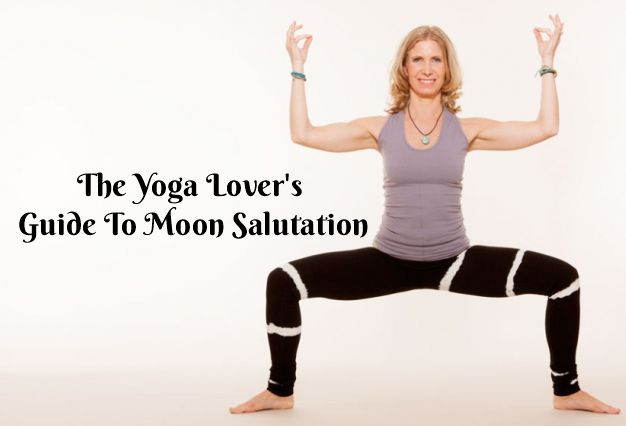Comprehensive Guide to Yoga Anatomy and Physiology
Even though yoga has a deep connection with spirituality, it still requires you to perform the right body movements. Whether you want to unlock the hidden potential within or recover from an injury, having an in-depth knowledge of yoga anatomy & physiology is important for both. In other words, the more you know what the body does when doing yoga, the easier it is for you to overcome weaknesses and imbalances.
A deeper understanding of yoga anatomy helps you not just prevent an injury, it also helps you transition from a yoga beginner to an advanced practitioner. Knowing in-depth about every muscular movement and alignment helps you know the limits of the body and deal with them.
Why is Understanding Anatomy So Important For a Yoga Teacher?

As stated above, the art of yoga is both spiritual and physical in nature. Understanding yoga anatomy helps you perform the right physical movements and use the right muscles during a yoga asana practice.
Add to that, when you possess a complete understanding of how the human body works during yoga, it helps you dive deeper into other aspects of yoga. However, you should learn the anatomy and physiology of yoga asanas from a certified yoga school only.
Now, let us find out what makes learning anatomy so important for a yoga practitioner.
Importance of Learning Anatomy In Yoga
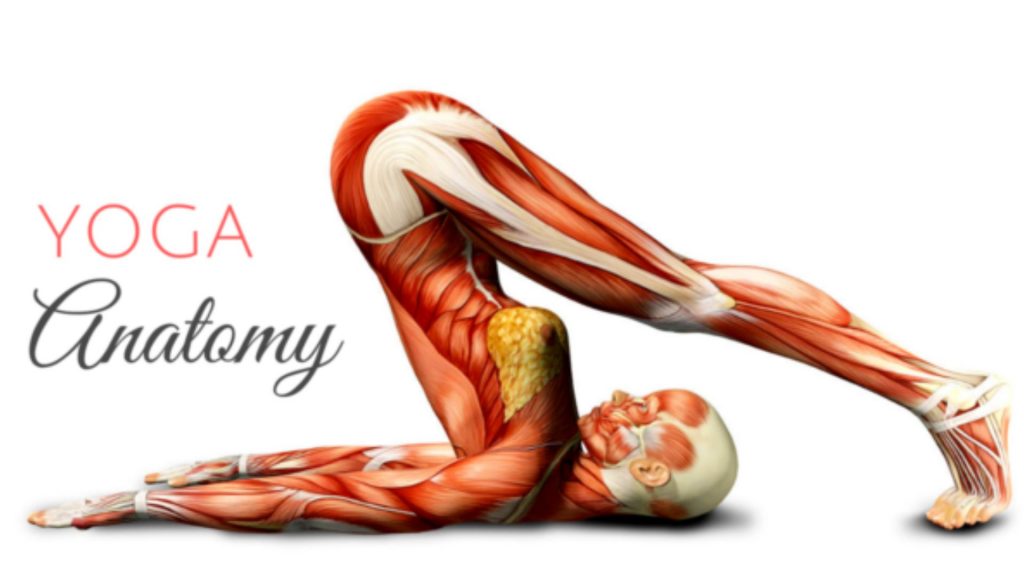
Yoga is a powerful tool that unlocks the hidden mental and physical potential of body and mind. It is important for you to study anatomy to develop a deeper understanding of yoga asanas and how they impact your overall health.
Moreover, when you are able to do a yoga asana with the correct alignment and body movement, it becomes easier to synchronize your breath and mind with it. Want to know what anatomy is? Read on.
Anatomy – A Basic Intro
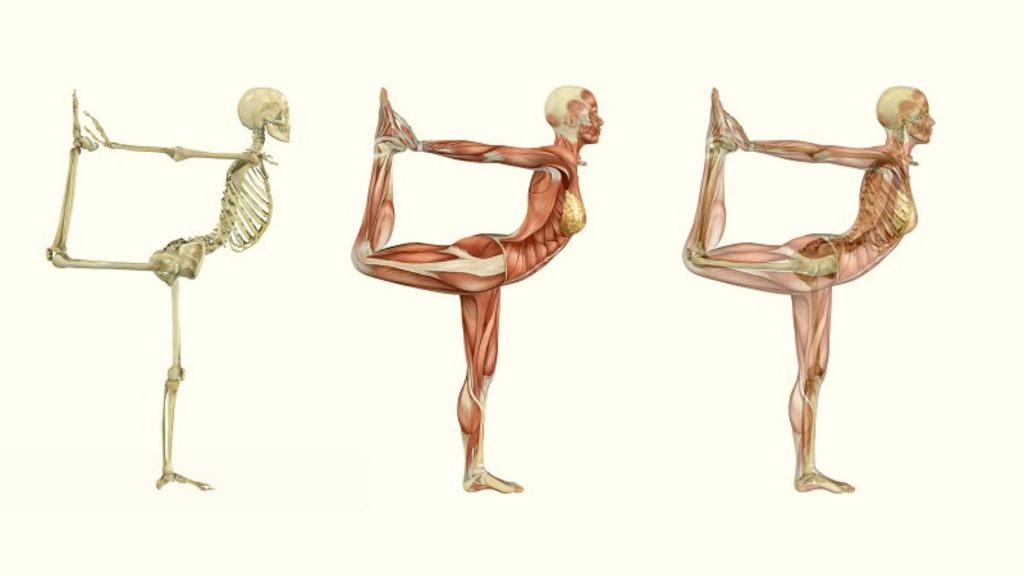
Anatomy is a medical subject that deals with the understanding of the basic structure of the human body. Studying this subject gives you in-depth knowledge of the different bones, muscles, joints, nerves, organs, and blood vessels in the body.
The study of yoga anatomy & physiology is vital to helping you understand which muscles, bones, or joints can sustain which type of injury.
You also get in-depth knowledge of which asana targets which muscle groups, and which poses are useful in healing a specific injury.
Let us now focus on what anatomy offers you when it comes to yoga.
1. Knowledge of Major Bones
The human body has 206 bones with all divided into long and short bones. As someone learning the art of yoga you should know the major bones in your body. It is important for you to know the structure of the spine, which supports your entire skeleton.
Moreover, understanding yoga anatomy & physiology helps you understand which yoga asana works on which anatomical part of the body. It lets you practice yoga without compromising the safety of your bones and joints.
2. Knowledge of Major Joints
Joints are the structural attachment between the bones in your body. Unfortunately, these are most prone to an injury during yoga practice. Learning yoga anatomy gives you detailed information about the movement of all the major joints and their angle of rotation.
In the long run, in-depth knowledge of body joints helps you understand the concepts of flexion, extension, and rotation. This helps you practice the best body movement for a particular yoga asana.
3. Knowledge of Structure of the Spine
Signing up for a yoga international anatomy training is important for you no matter whether you want to move ahead in personal yoga practice or teach yoga in the future. Remember, the spine supports your entire skeleton which makes it the most important part of the anatomy.
Add to that, there are numerous yoga techniques that involve a rotation of the spine. It is super important for you to understand all about the bones and nerves passing through it. This helps you to assist those with chronic back problems and injuries to practice yoga with ease.
4. Knowledge of Muscles Used in Yoga Practice
Remember, there are yoga asanas that focus on one particular muscle group. On the other hand, there are yoga poses that focus on multiple muscles at the same time. Hence, it becomes important for you to understand which muscles are utilized in these different yoga asanas.
Also, in yoga, the muscles are divided into several compartments depending on your body movement or the function they fulfil.
Knowledge of these muscles is what helps you devise the best yoga practice for people who suffer from a muscle-related injury and need a private yoga session.
5. Knowledge of Major Body Movements
After studying the basic structure of the human body, you need to understand all the major body movements. The basic movements include flexion, extension, external as well as internal rotation among others.
The shoulder blade and scapula have different kinds of movements like elevation, depression, protraction, retraction, medial rotation and lateral rotation.
As someone planning to become a yoga teacher, you should know the different movements involved in every yoga asana. This helps you avoid overstretching and prolonged stationary position which leads to a sprain or strain. It is here that anatomy studies for yoga teachers come in handy.
Finding it hard to learn that much about the human body? Don’t worry! Yoga experts have come up with a small guide to help you learn yoga anatomy with ease.
Tips for Learning Yoga Anatomy with Ease
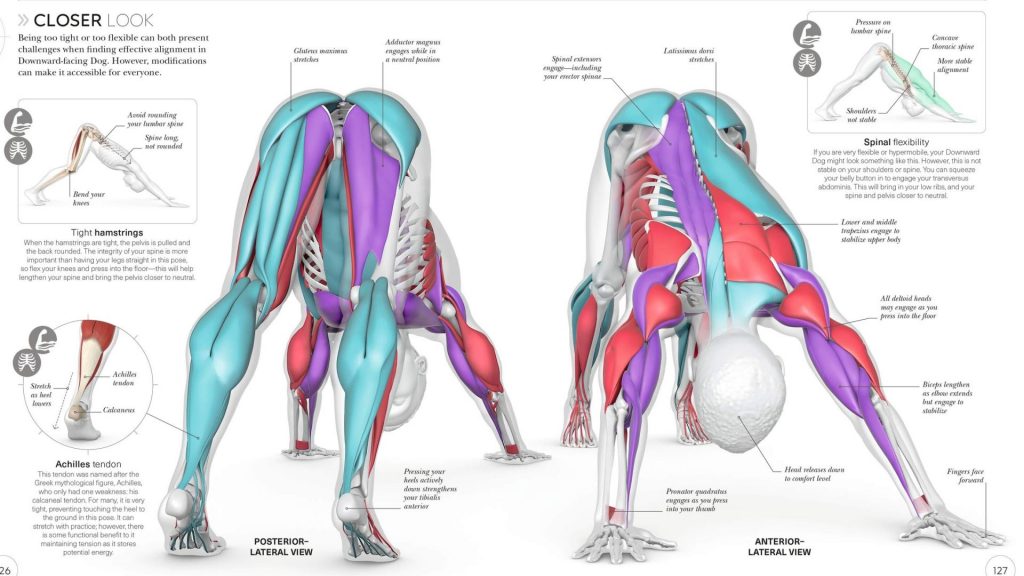
Given below are some tips to help you understand anatomy for a yoga course without any hassle.
1. Understand Yoga Anatomy Is Different Than Medical Anatomy
Before you sign in for yoga anatomy and physiology class, keep in mind that understanding anatomy in detail is required only when you are a medical professional. For yoga, you need to possess a macro-level understanding of human anatomy.
For this, you should look for online training, read books, and do online research to know all about anatomy for becoming a yoga teacher. However, never stop questioning how it benefits you during the yoga practice.
2. Search for the Best Anatomy Lessons
It is good for you to learn how anatomy works on a cellular level. However, as a yoga teacher, you should possess an understanding of what happens at the physical level especially with the bones and joints during a yoga session.
3. Inculcate In Practice What You Learn In Theory
Let’s assume that you took a class that provided you with lessons on different types of body joints. However, it does not stop there. Once you are done with the theoretical session, make sure you apply this knowledge to teaching. Keep in mind, acquiring knowledge without applying it anywhere is of no use.
Always learn anatomy for yoga instructors from a certified yoga school. This ensures you receive complete and authentic knowledge from the best.
Do you know that yoga and massage have a common connection that goes back thousands of years? Yes! Both yoga and massage have been used by millions around the world to live healthy and fit life.
Want to know the best part? Both are holistic ways to goodness and well-being. Each of these carries some impressive benefits such as reducing stress, increasing endorphins, and ridding the body of toxins.
It is no wonder that you can combine yoga and massage to enjoy the best health. Let us now find out how a massage can maximize the yoga benefits for you.
Why Get a Massage Before Yoga Practice?

Given below are some impressive benefits of taking massage therapy right before a yoga session.
Massage therapy breaks down the connective tissue restrictions which provide a smooth body movement. It helps you hold yoga poses for longer periods of time without feeling uncomfortable.
Daily massage therapy before a yoga session decreases knots and points which restrict body movement. It increases your range of motion which improves your joint movement during the yoga session.
An hour of massage before yoga aligns the different muscle systems which increases your ability to practice challenging yoga asanas with ease. However, you should always try to learn yoga anatomy and physiology to maximize the benefits of massage therapy.
Massage improves your physical performance. It is what helps you maintain longer yoga practice sessions.
Now, you might be wondering –
What Does Yoga Anatomy And Physiology Have to Do With Massage Therapy?

Remember, even as a massage therapist you have to possess knowledge of the fundamentals of yoga anatomy. It is what helps you understand every body part and its relationship to the other parts.
With that said, given below is why learning yoga anatomy and physiology is important for giving massage therapy.
1. Helps Identify Certain Muscle Groups
As a massage therapist, you must be able to identify the areas of the body where the individual is experiencing discomfort. Remember, there is more to massage than simply rubbing out the area with discomfort.
It is here the knowledge of anatomy helps you identify how different muscle groups work together and how they impact each other. Also, you are able to focus and identify muscle groups that require the therapy.
2. Helps You Heal All Muscles
As a massage therapist, you should know that everyone’s body functions in a different manner. Every person requires a different massage to heal. This is where knowledge of anatomy and physiology for massage therapy helps you understand how to treat each muscle group.
3. Helps Understand Effectiveness Of Massage Techniques
As a massage therapist, having complete knowledge of the functions of the human body helps you give the best massage. It helps you relate to other medical professionals like chiropractors and fitness managers among others.
In the long run, if you wish to advance or switch careers; the knowledge of yoga anatomy and physiology helps you provide the other person ease from any pain and discomfort.
Do you know about the different yoga techniques you can use to give yourself a good massage? Read further to know what these are.
Yoga Techniques for a Gentle Self-Massage

For the uninitiated, self-massage is a gentle technique to access the trigger points and rid the body of all tension on your own.
Keeping the above statement in mind, given below are a few powerful yoga techniques to give yourself a gentle self-massage.
1. For the Forehead
Start in the Child’s Pose and touch your forehead gently to the yoga mat. Move your head slowly from side to side with as little pressure as possible. This gentle massage helps you come back to a neutral mindset and view the world with equanimity.
2. For the Calves
Use your knees to massage out your calves. Take one knee and cross it over to the opposite leg, sawing your knee forward and backwards along the backside of the opposite calf. Move up and down, front and back and apply as much pressure as you are comfortable with. You should learn all about yoga anatomy and physiology to provide your body with a comfortable self-massage.
3. For the Spine
Give your spine a gentle massage to remove the compression and tightness which gets accumulated throughout the day in the seated position. Lie down on your back and bring both knees closer to your chest.
Start moving from side to side to massage the sacrum and lumbar spine. Gather momentum while moving back and forth, which will provide your entire spine with a gentle massage.
4. For the Forearms
Come onto the tabletop position with shoulders under your wrists and knees under the hips. Use your knees to massage your forearms. Place your right forearm to the floor and parallel to the edge of the mat.
Bring one of your knees forward to meet the forearm. Take time to assess which knee is most comfortable for you to use.
Conclusion
Do you want to become a certified yoga instructor? It is time you enrol in a certified yoga school that offers in-depth classes on yoga anatomy & physiology to help you learn everything about yoga. Remember, the in-depth knowledge of the human body is what would help you help others practise yoga with safety.

